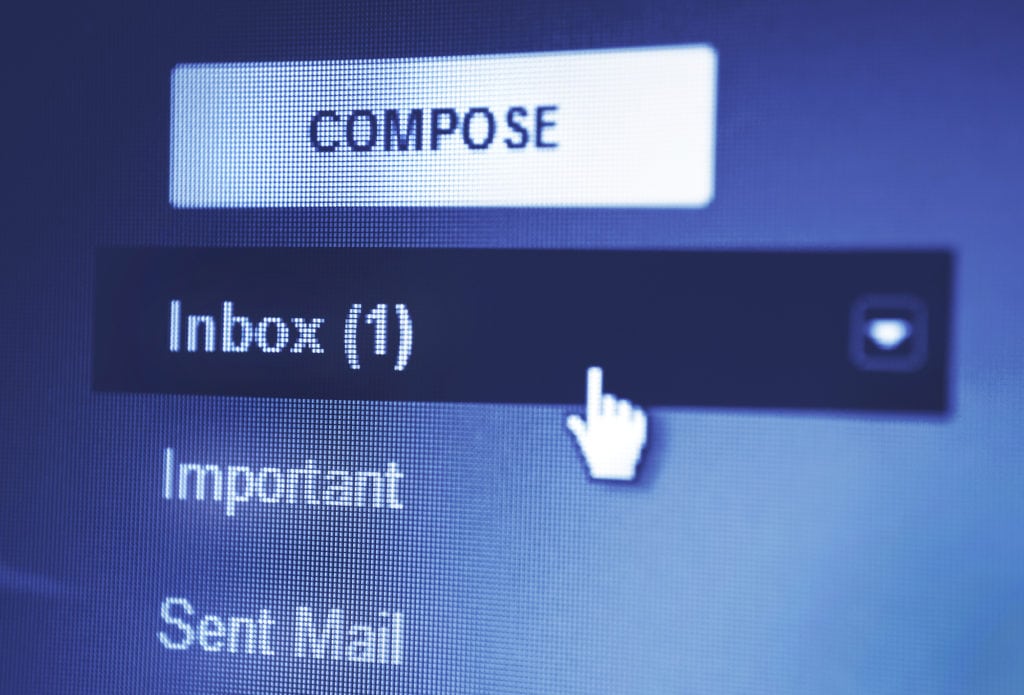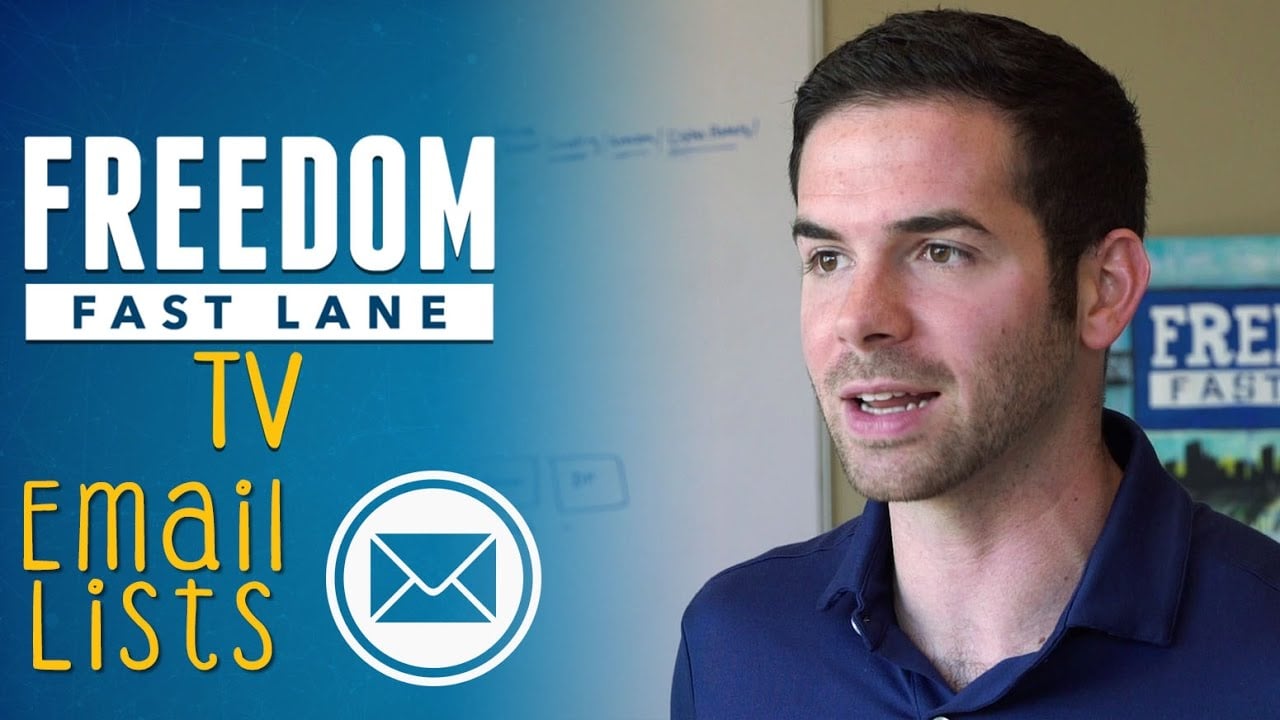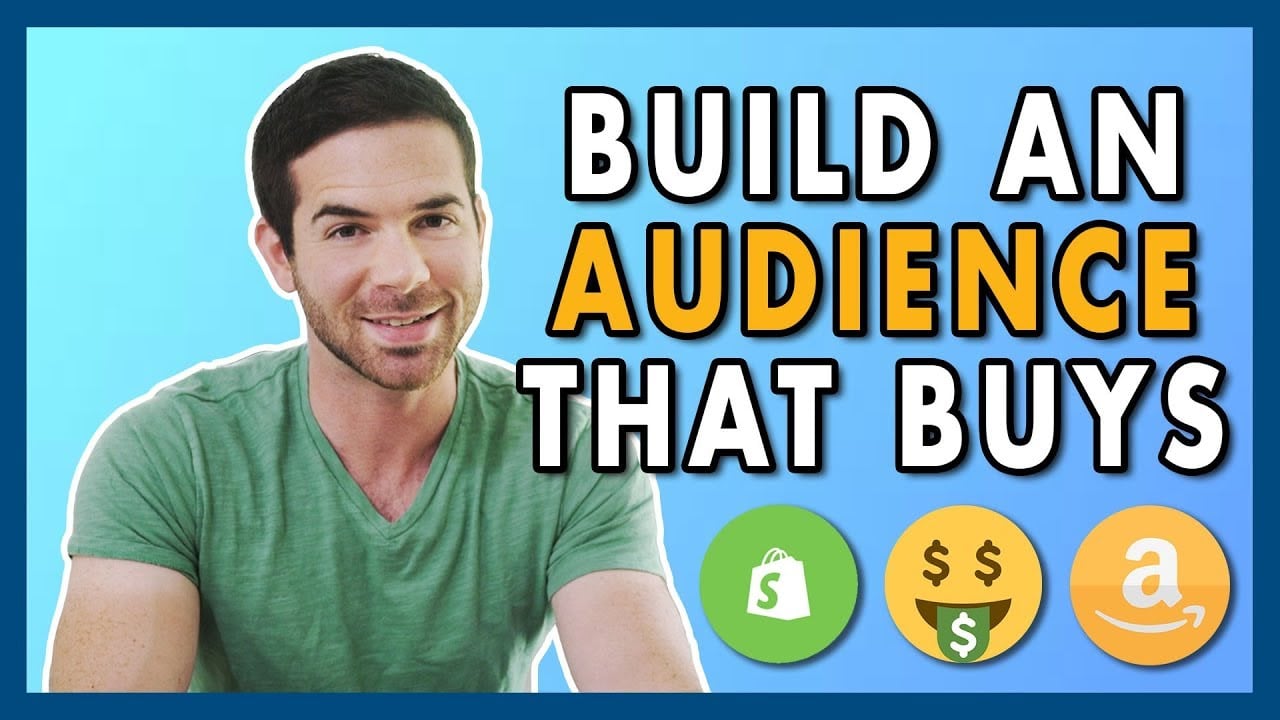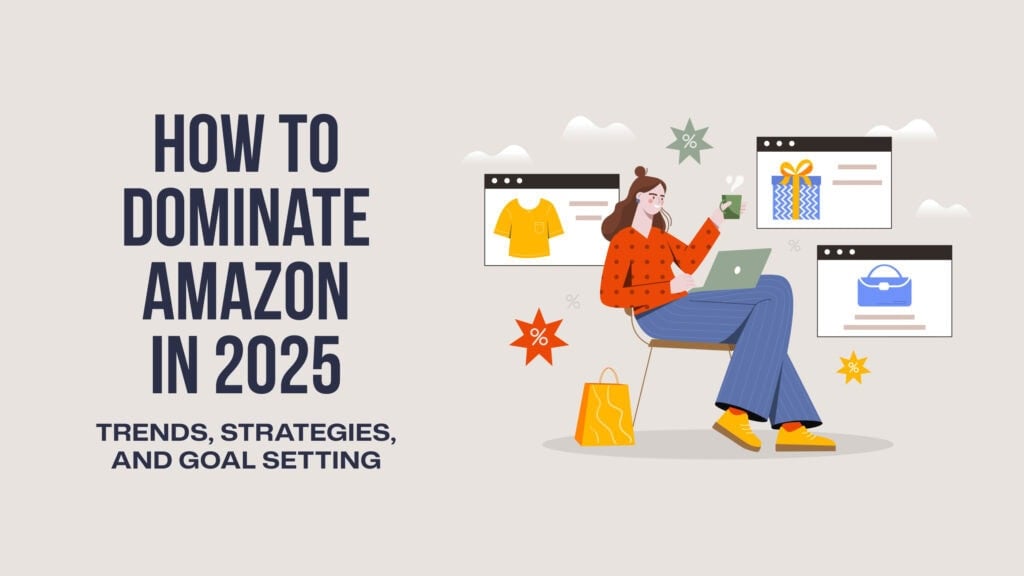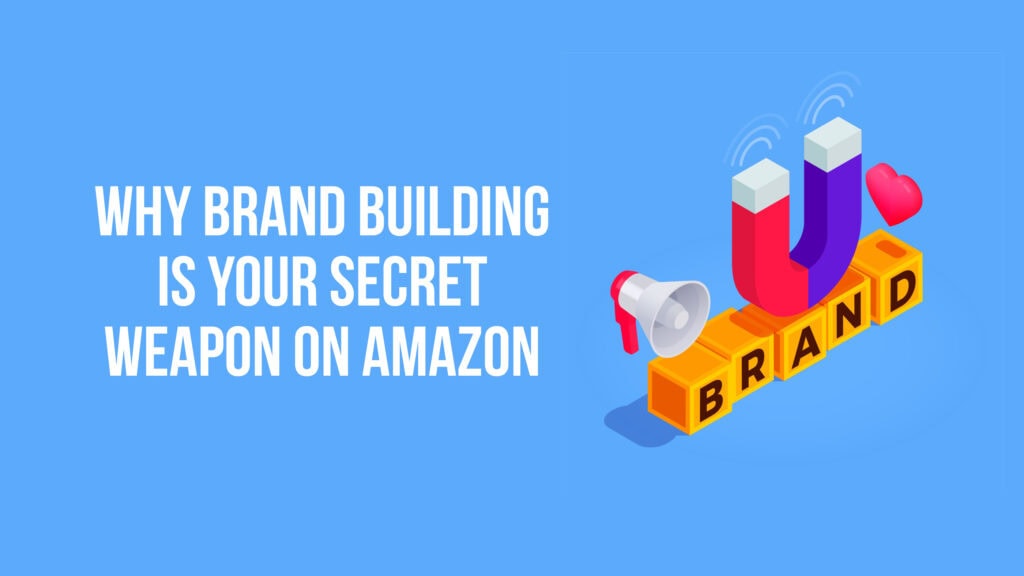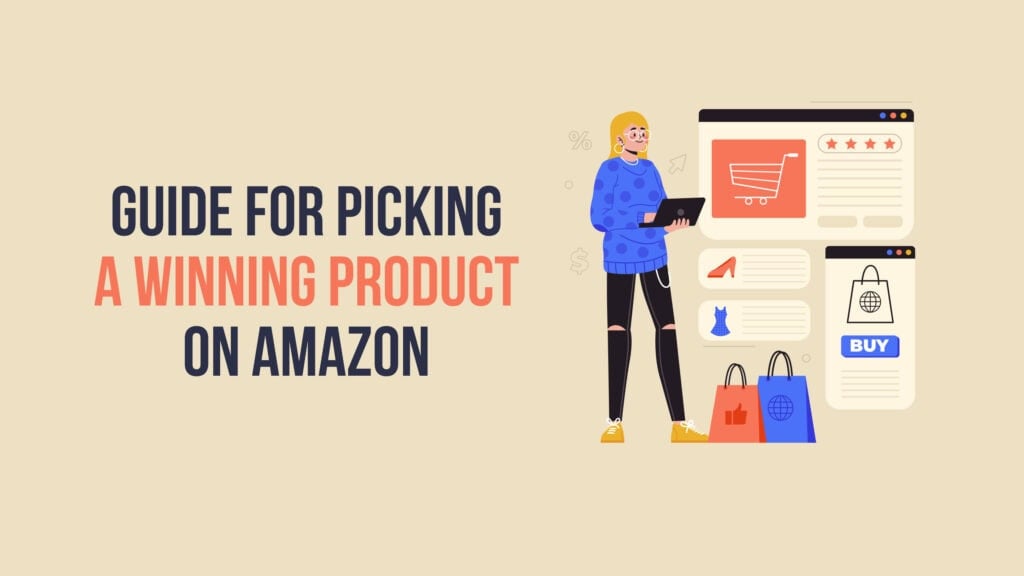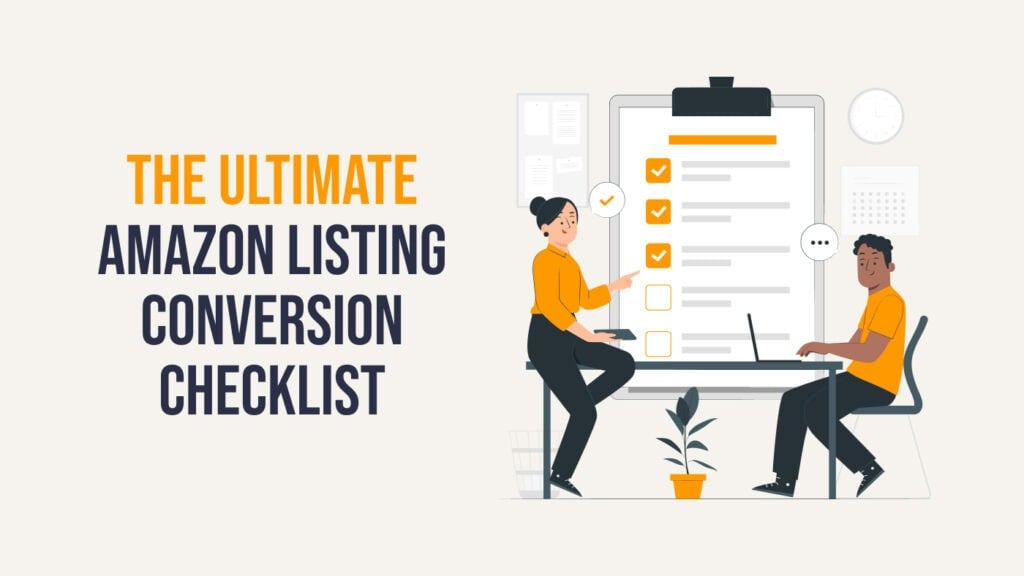How’s Your Targeted Email List Looking?
Q4 is just around the corner. Here's the secret to building a targeted email list before this festive fiscal season arrives.
It's beginning to look a lot like Q4,
Everywhere you go.
Take a look at your revenues.
They're finally rising anew.
Because festive customers spend more.
As pumpkin spice fills the air and temperatures finally fall below scorching, entrepreneurs welcome Q4 with open arms. In 2020, this fiscal tax quarter runs from October 1 to December 31. It's the season when people open their wallets eagerly and drop cash without batting an eye. And for you, it's time to capitalize on consumer spending.
What's So Special about Q4?
Halloween. Thanksgiving. Hanukkah. Christmas. Those are the most significant holidays in the United States. It's also when consumer spending goes through the roof. Q4 e-commerce sales for 2019 surpassed $156 billion. And even though the COVID pandemic shook up brick-and-mortar retail sales this year, experts still predict Q4 will turn impressive profits this year.
But, of course, you can't sell anything without customers. If you don't already have a rabid audience, it's not too late. Now is the perfect time to build your targeted email list before this lucrative season begins. We’ve got several videos on our YouTube channel that will help you. Here’s one:
What Is a Targeted Email Anyway?
Email is one of the most popular ways to communicate with others. And while the future of the US Postal Service remains in question, email is here to stay. Even with COVID, email use has remained consistent. In an article titled, "Data analysis: The state of email marketing after March 2020," Mailer Lite gives promising statistics about 2020. "E-commerce purchases through emails have risen from 6,179 to 12,154. That's a 96.7% increase."
A targeted email is the email of a specific customer who falls into a set demographic. They willingly joined your email list because they want to learn more about your brand. As a brand owner, you can send mass emails to everyone on your list. But if you want better results, you can target a subset of your audience for promotions or products better suited for them.
And in most cases, the targeted audience is the smarter option.
Sending out tons of emails to everyone on your list may not deliver the results you want. If you continually promote products meant for a smaller demographic to a broad audience, you'll only irritate those who aren't interested. There's a good chance they'll unsubscribe, or they may even block your brand altogether. Creating a smaller, targeted list, on the other hand, converts.
Targeting your audience increases opens and CTRs. It also reduces spam complaints and unsubscribes. As Q4 quickly approaches, this type of marketing may be the best way to boost your sales before the end of the year.
As we say until we’re blue in the face, the key to success as an entrepreneur is FIRST choosing an audience to serve.
But Who Is Your Audience?
All this talk about building your audience is great, but it doesn't do you any good if you don't know who to target. In a nutshell, your audience is the premier group of people who want to support your brand and buy your products.
Your audience is also the most critical part of scaling your business. Without a raving audience, your company will dwindle. Although fleeting, one-time customers put money in the bank, they won't come back for more. They won't tell their friends. They won't help your brand remain relevant. Once you find your audience, however, it's up to you to make sure you keep them forever.
You Can't (and Shouldn't) Target Everyone

The first mistake of many e-commerce entrepreneurs is trying to target everyone. As Ryan stated in his podcast, "The only way you can have an audience that is profitable is by isolating some people." Marketing to everyone will put you on a one-way track to fail.
It's simply foolish and, quite frankly, conceited to assume your brand is the perfect match for everyone. And even within your current audience, certain products may be a better fit for some than others. Marketing to the wrong people will only bring out the haters, and you won't have the responsive audience you desire. Knowing how to reach the right people at the right time will make sure you have a lucrative Q4.
What Is a Target Audience?
A target audience is a small group of customers who fit an even smaller demographic. You may sort your audience using various metrics, such as location, age, or gender. And if you want to create an even smaller, more specific niche, feel free to be even more specific. Some brands target their audience by employment, household income, or shopping habits.
Having a target audience makes it easier to market to the right people. For example, if you sell skincare products and have a new anti-aging cream, teenagers are probably not the right customer. But teens are the right demographic for products that fight acne.
Creating a target audience is one of the best marketing tools out there. It increases the likelihood of reaching customers who are ready to buy.
How Do You Get a Targeted Audience?
You close one eye, pull back the arrow, and release. Just kidding.
Getting a targeted audience is a little more involved than shooting a bow and arrow. But with a bit of strategy and good aim, you won't miss. Follow these steps to narrow down your target audience:
- Learn more about your customers with Google Analytics. Who knows more about you and your customers than anyone else? Google. This tool lets you view helpful demographic details about your audience. It's a great way to audit who is and who is not buying from you.
- Understand the needs of your audience. What problems do they want to solve? Once you know the needs of your customers, you can target which products are the best match.
- Create an audience persona. The way your brand presents itself online should reflect the characteristics of your target customers. Your brand's persona should align nearly identically with your audience. You should use this persona across the board, including social media and blogs.
- Spy on your competition. Who are they targeting? You can learn a lot about why your competitor is successful by checking out their website and social media profiles. Gauge how they interact with their audience, and use similar methods to lure in your own raving fans.
Once you know how to present your brand and who to market to, building a targeted email list will be easy. And with any luck, your list will grow longer than you ever thought possible. Here are 50 simple ways to grow your email list fast.
What Is an E-commerce Target Email?
Not every email you write needs to go out to your entire fan base. An e-commerce targeted email is a personalized message sent to a small subset of your subscriber list. You can choose who gets the email based on specific requirements, such as age, location, shopping behavior, or profile data. Brands use this marketing tool to ensure their products reach people who are more likely to buy.
Do You Need Targeted Email Software?
The larger your email list grows, the more challenging it becomes to send out messages. Using email software may prevent a migraine or two. Automated services send out emails to your subscribers at regular intervals. While most charge a per-email fee, the cost is well worth it. Here are a few targeted email marketing services to consider:
- Mailchimp
- Constant Contact
- SendinBlue
- Drip
- ConvertKit
- AWeber
- GetReponse
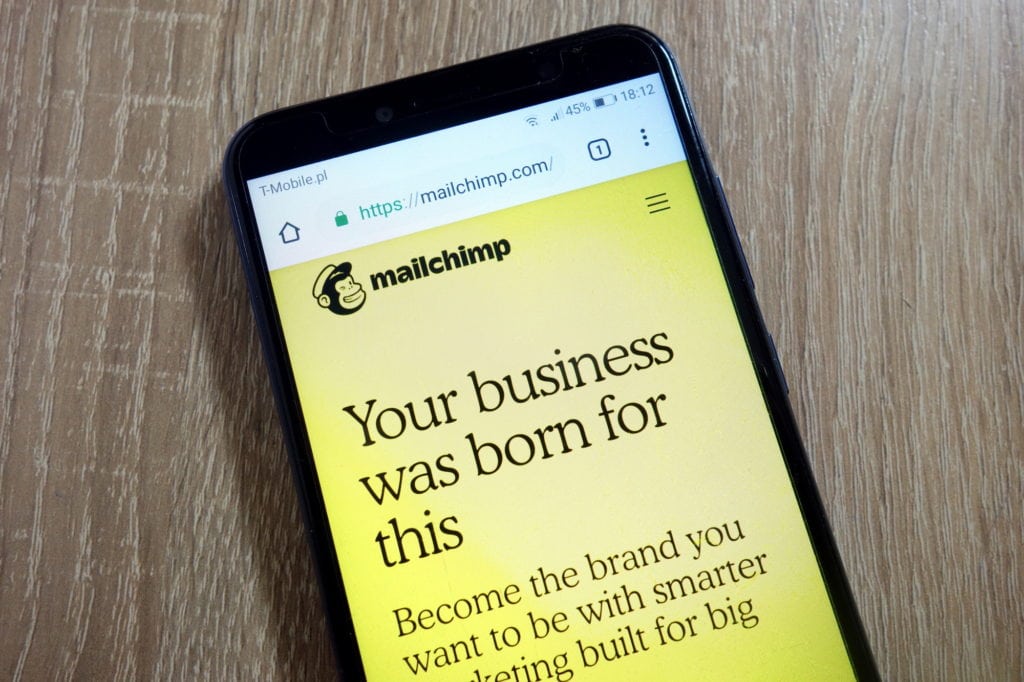
Using email software is one way to reduce the problems associated with targeted lists. These services not only push the send button, but they also provide useful statistics about your marketing emails. In the article "Email marketing analytics that can help you grow your sale," Elastic Email discusses the importance of building your email list. "Growing your own mailing list and ensuring that it continues to grow steadily over time is fairly simple once you know all the effective tactics used for this." The company also recommends reviewing these statistics to evaluate the success of your current campaigns:
- Open Rate
- Click Rate
- List Growth
- Bounce Rate
- Sharing Rate
- Unsubscribe Rate
- Spam Complaints
Monitoring targeted email analytics will give you a better overall view of what works and what doesn't. And an email service may be able to help you do just that.
How to Build an Email List
Before you can send out a targeted email, you need to build a subscriber list. Try one of these targeted email campaign ideas:
Add an opt-in form on your website.
While it may sound too easy, if a person finds the information on your website useful, they'll probably sign up for your email list. Make sure the sign-up form is visible on each page. Pop-up windows are a good option. However, you'll want to deactivate these if someone clicks through an email—pop-ups can dampen the shopping experience.
Go social!
Consumers head to social media platforms, like Facebook and Instagram, to connect with brands. Create profiles on these sites and engage with followers regularly. Include CTAs and outbound links on your social media posts to encourage your followers to sign up for your email or visit your website. While these shouldn't be the focus of the post, you want to make them visible.
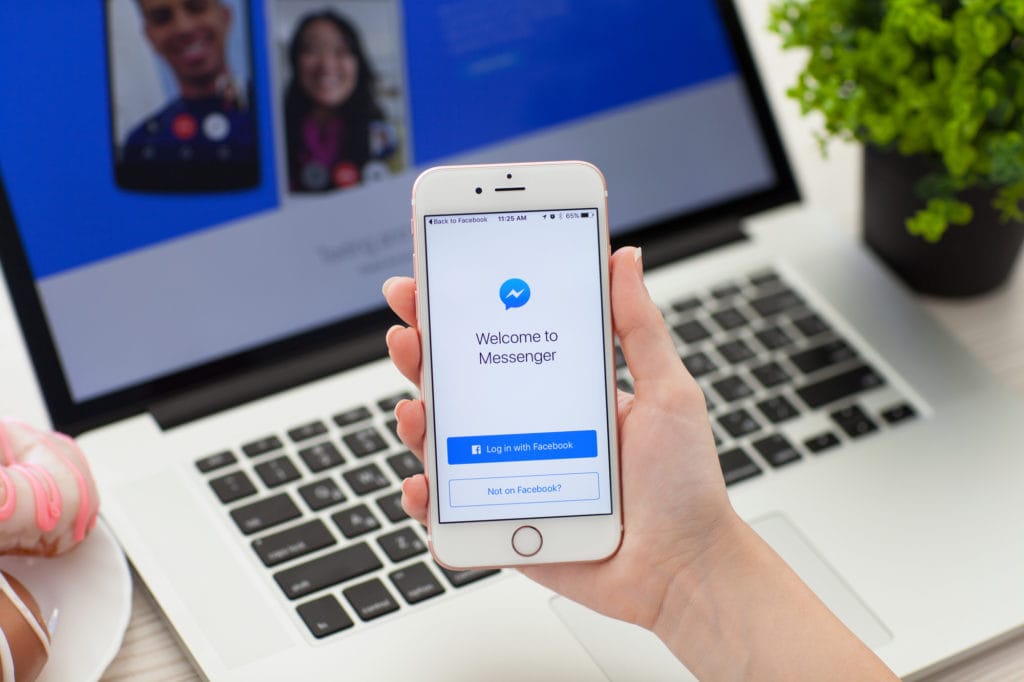
Collaborate with others.
Who else serves a similar audience? Connecting with other brands that offer similar or complementary products will help you find customers you wouldn't otherwise. How can you collaborate? Write guest posts or take over their social media for a day to introduce your brand to their customers. Getting your name out there will entice their audience to check out your brand. And in return, you'll pass your audience over to them.
Hold a Giveaway.
People like to get free stuff, and online giveaways are more popular than ever. In exchange for joining your email list, people receive an entry into the prize drawing. Your email list will grow before your eyes—but remain leery. While effective, giveaways can also attract low intent leads. While there are many ways to run a giveaway, Facebook Messenger simplifies the process with bots. In an article entitled, "How to Grow Your Email Subscribers With a Facebook Messenger Giveaway," Social Media Examiner states, "The added bonus of using a bot to run a Messenger giveaway is that you can pause and unpause your giveaway whenever you want."
Once you build your targeted email lists, you can start marketing to your customers. And with the right strategies, you can expect a huge ROI.
What Are the 3 Target Market Strategies?
If you were a child of the 90s, STP was one of the decade's best grunge bands. However, in the marketing world, STP isn't Stone Temple Pilots. Instead, this acronym stands for Segmenting, Targeting, and Positioning. And understanding these targeted email strategies is key to implementing a successful marketing campaign.
So what does it all mean?
Segmenting
Segmenting means breaking up the market into smaller groups. Think of a worm. It has a long body that's divided into many segments. While each segment may look a bit different, they are all part of the worm. An audience list is like a worm. Your audience is part of your brand's niche, but within that niche are micro-niches. It's up to you to break your audience into smaller segments, such as:
- Demographics
- Lifestyle
- Geographic
- Behavioral
Targeting
Once you've identified possible segments, you want to focus on them individually. Start brainstorming marketing and ad campaigns that will best serve each segment. It's usually best to target the segment with the most growth potential first.

Positioning
How do you want your targets to perceive your brand? Maybe you want to position your brand as trendy and hip. Perhaps you want others to view your brand as luxurious and high-end. Remember—positioning should match the wants and needs of your targets.
Who Is Your Ideal Customer?
A target market is the group of customers you want to reach through your marketing campaign. But who is your target market, avatar, or ideal customer? After finishing the STP strategy, you should have a clearer picture.
Here are three fictional examples of an email marketing target audience:
1. Product: Athletic Shoes
Demographics: 18-29, majority male
Behavioral: Enjoys working out. Watches sports. Idolizes athletes. Shows brand loyalty.
Problem: Wants affordable athletic shoes that are both functional and stylish.
Preferred content: Social media, online sports-related videos, articles with lots of images
2. Product: Low-carb Protein Bars
Demographics: 25-40, equal male and female
Behavioral: Ready to lose weight. Looking for satisfying snack foods. Health-conscious.
Problem: Hard to find healthy food on-the-go. Need low-carb alternatives. Tight budget.
Preferred content: Healthy eating blogs, weight-loss channels on YouTube, Keto Instagram accounts
3. Product: Cloth Baby Diapers

Demographics: 20-35, almost exclusively female
Behavioral: New mom. Eco-conscious. Will to pay top-dollar for high-quality baby products.
Problem: Wants reliable diapers that don't fill up landfills. Difficult to find stylish cloth diapers.
Preferred content: Mommy blogs, Facebook groups, baby Instagram accounts
How Do I Run a Successful Email Marketing Campaign?
You've made a list. You've checked it twice. But how do you know who's naughty or nice? Your CTR should give you an idea—just ask Mailchimp. This automated email and marketing provider boasts an average email open rate of 21.22% across all industries. If you don't get these same results from your email campaigns, it's probably because of:
- A boring or irrelevant subject line.
- Sending too many or too few emails.
- An audience that's too wide and varied.
Resolving the first problem just requires the talent of a witty copywriter. And it's easy to change out many campaign emails you send out. But without narrowing down your audience, you'll still send out emails to people who aren't interested. Targeting your list is the top way to increase your CTR without really trying.
Final Thoughts
The benefits of targeted email marketing far outweigh the cons. Sure, it takes a bit more effort to break down your audience into smaller segments. However, doing so will help increase your CTRs and lead to more sales. Q4 will be here before you know it, and that's the time of year when CPMs go through the roof. If you want to bank on Black Friday and Cyber Monday, now is the time to start building your targeted email list. Ready, aim, target!
If you could use some help getting to 100 sales a day, we’ve got you covered. Check out this free video training series.
